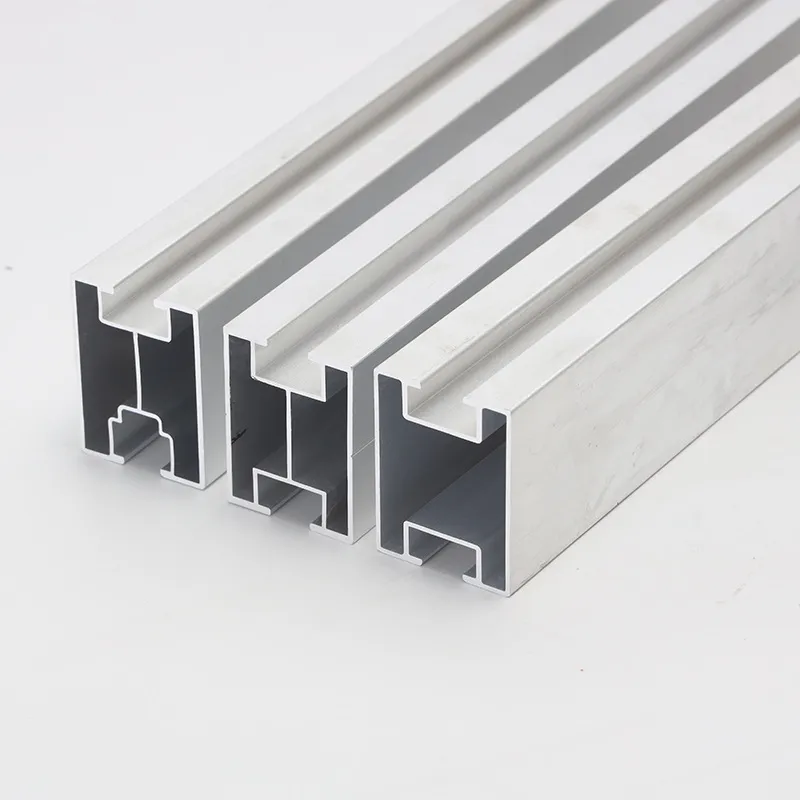

Welding Stud Equipment for Efficient Metal Joining Solutions and Techniques
11月 . 11, 2024 01:48 Back to list
Welding Stud Equipment for Efficient Metal Joining Solutions and Techniques
Understanding Weld Stud Equipment An Overview
Weld stud equipment plays a pivotal role in various industries, including construction, automotive, and manufacturing. It is primarily used for attaching studs—small, cylindrical metal pieces—onto surfaces through the process of welding. This technique not only ensures secure bonding but also enhances the structural integrity of assemblies.
What Is Weld Stud Equipment?
Weld stud equipment refers to the specialized tools and machinery designed to facilitate the welding of studs to metals or other substrates. The equipment varies from simple hand-held tools to complex automated systems, depending on the application and the required precision.
At its core, weld stud equipment usually includes a welding power source, welding gun, and sometimes additional fixtures to hold the workpiece in place. The equipment is designed to provide consistent heat and pressure, allowing for effective bonding between the stud and the base material.
Types of Weld Stud Equipment
There are several types of weld stud equipment, each tailored to specific applications
1. Arc Welding Equipment This category includes systems that use arc welding techniques to join studs. The arc generates heat that melts the metal surfaces and fuses them together. Common types of arc welding for stud applications include MIG (Metal Inert Gas) and TIG (Tungsten Inert Gas) welding.
2. Resistance Welding Machines These machines utilize electrical resistance to generate heat. When current flows through the stud and the base metal, resistance at the contact point generates enough heat to melt the metal and create a bond. This method is highly efficient for mass production.
3. Capacitor Discharge Welding Equipment This technique is particularly popular in applications requiring a quick weld with minimal distortion. The equipment stores electrical energy in capacitors and then discharges it in a short burst, creating an instantaneous welding action that minimizes heat-affected zones.
weld stud equipment

4. Laser Welding Equipment For high-precision applications, laser welding can be utilized. It offers exceptional control over the weld area and is ideal for thin materials or when aesthetics are a concern, as it produces clean and precise welds.
Applications of Weld Stud Equipment
Weld stud equipment is utilized in numerous applications, which include
- Construction In building structures, weld studs are often used to secure metal decking, reinforcing bars, and other components. - Automotive Industry Studs are welded to vehicle frames and bodies to enhance strength and support assembly operations. - Manufacturing Various products, from machinery to consumer goods, require studs for fastening components securely.
Advantages of Using Weld Stud Equipment
Using weld stud equipment presents several advantages
- Strength Welded studs create strong joints that can withstand significant mechanical forces. - Versatility The equipment is adaptable to different materials and sizes of studs, making it suitable for a wide range of applications. - Efficiency The process is typically faster than traditional fastening methods, reducing overall production time. - Minimized Material Damage Modern welding techniques produce less heat and localized burn, which helps to maintain the integrity of surrounding material.
Conclusion
In conclusion, weld stud equipment serves as an essential component in many industrial applications, providing a robust solution for joining materials. With advancements in technology, weld stud equipment has become more efficient, versatile, and easier to use, meeting the evolving demands of various sectors. As industries continue to grow and evolve, the importance of reliable weld stud equipment will undoubtedly remain a critical factor in achieving strong and durable constructions and products. By exploring different types of welding techniques and applications, manufacturers can select the appropriate equipment to ensure the quality and safety of their projects.
Latest news
-
Hot Dip Galvanized Bolts-About LongZe|High Strength, Corrosion Resistance
NewsJul.30,2025
-
High-Strength Hot Dip Galvanized Bolts - Hebei Longze | Corrosion Resistance, Customization
NewsJul.30,2025
-
Hot Dip Galvanized Bolts-Hebei Longze|Corrosion Resistance&High Strength
NewsJul.30,2025
-
High-Strength Hot-Dip Galvanized Bolts-Hebei Longze|Corrosion Resistance&High Strength
NewsJul.30,2025
-
Hot Dip Galvanized Bolts-Hebei Longze|Corrosion Resistance&High Strength
NewsJul.30,2025
-
Hot Dip Galvanized Bolts - Hebei Longze | Corrosion Resistance, High Strength
NewsJul.30,2025

